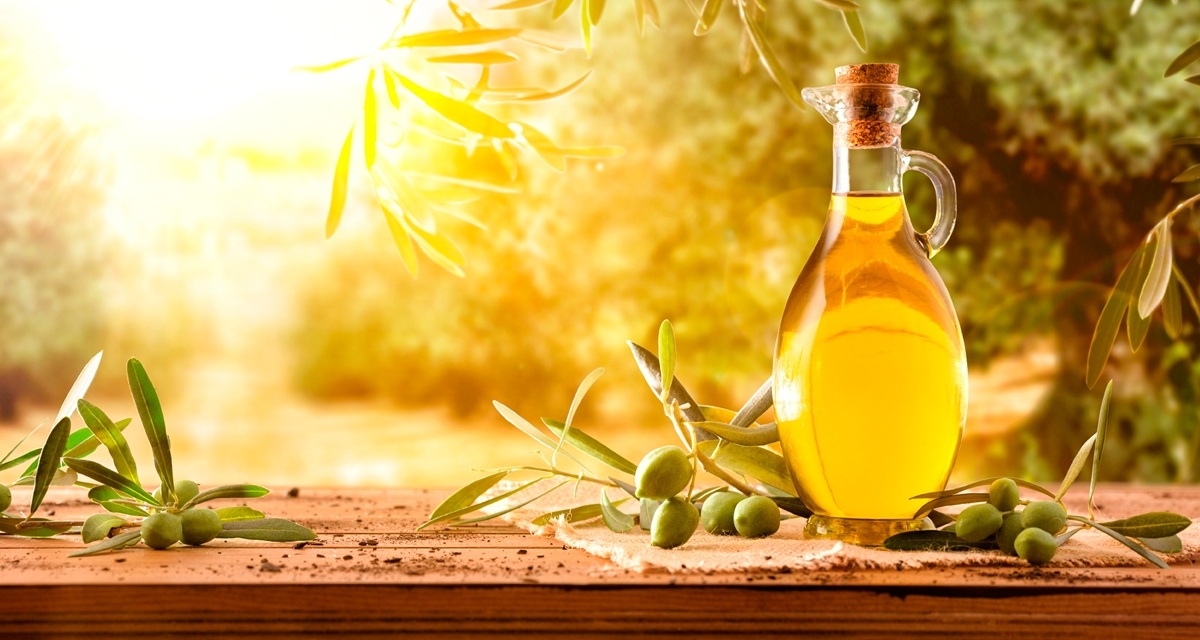How to choose
In the end, how can we know for sure if that liquid in the green bottle has quality? There is no formula, but some tips will help your choice.1- Begin by attentively observing the label, which can be a veritable certificate of quality. Generally, the more information on it, the more reliable the product.
2- On the label, try to see if the olive oil was bottled in its country of origin or in a country that imported it in bulk. When the label bears only information of the type, Product of Spain or Made in Portugal, this does not mean anything, unless it refers to the producing-exporting country. Government seals guarantee nothing, do not indicate the country that produced the oil, only the country that bottled and exported it. If this information is not clear, ignore the product.
3- Check the identification as extra virgin olive oil, virgin olive oil or olive oil. When such denomination is excluded or not printed in the form above, avoid it. The famous Jo Blow Olive Oil or Fred Bloggs Olive Oil, for example, are probably soya oil mixed with olive oil.
4- Avoid olive oils that were not bottled in the producing country. Probably in the country where you live there is no official organ that exercises control over olive oils bottled locally.
5- In the case of an olive oil, you should try to ascertain if it is a composition of a refined oil with virgin or extra virgin. The extra virgin would be preferable due to lower acidity.
6- Favor the virgin and extra virgin olive oils in dark bottles, as, generally, the oil is protected from ultraviolet light.
7- Price is rarely determines the quality of olive oil.
8- A halal or kosher olive oil has more chance of being better than those without such a seal.
9- The date of validity is essential. Of course, the newer, the better. Remember that production takes place during the harvest and the olive oil remains stored in the plants or mills until the moment of bottling. The validity period of most is 3 years.
10- Upon opening a bottle of olive oil, sniff the aroma and taste it on its own. Besides the sensations we defined in the classification, it should give a slight bitterness and spiciness in the throat. When mixing the oil with food, this sensation should disappear. Feel the texture, viscosity and observe the limpidity.
Although the scenario in the olive oil market has a predominance of dark clouds, not all is lost. Even though the difficulties are great, of course, in all producing countries and in those that import, there are importers, manufacturers and traders of integrity and renown, concerned about the consumer, and have the capacity to produce, export and sell high quality products at reasonable prices. Today, the olive oil trade has reached global scale, and selection by quality will take place with the same rapidity as irregular brands without quality arise and disappear. In the end, you, the final consumer, will know how to separate that immense quantity of those that do not deserve a place on the shelf and those that will really enhance the flavor of your dish.

